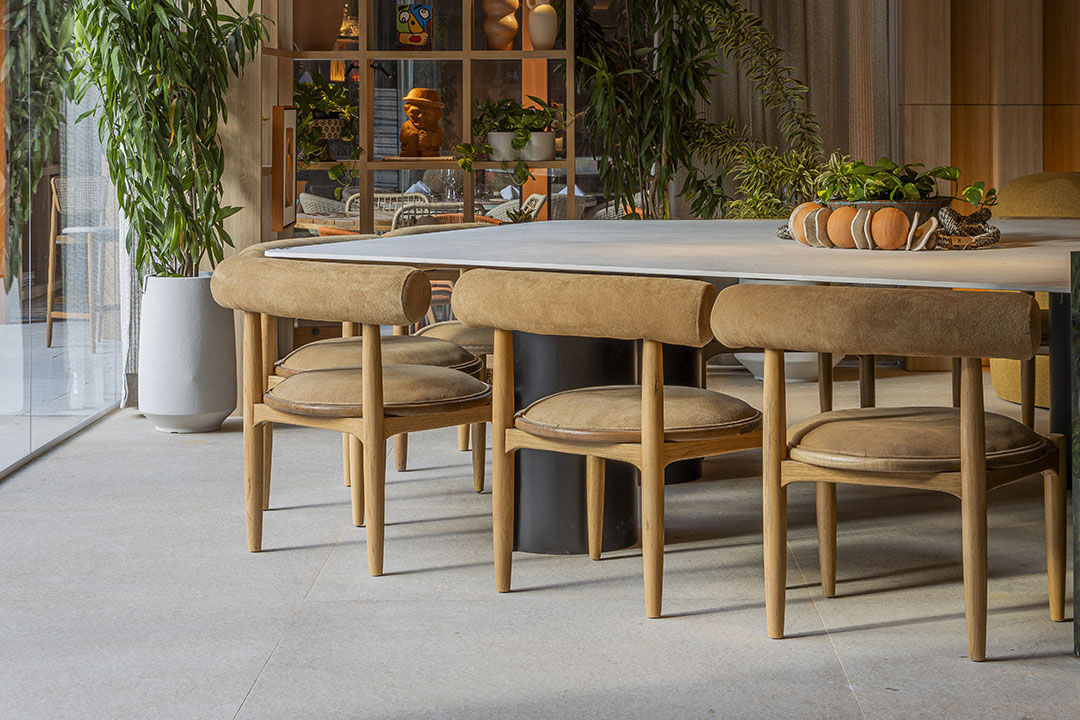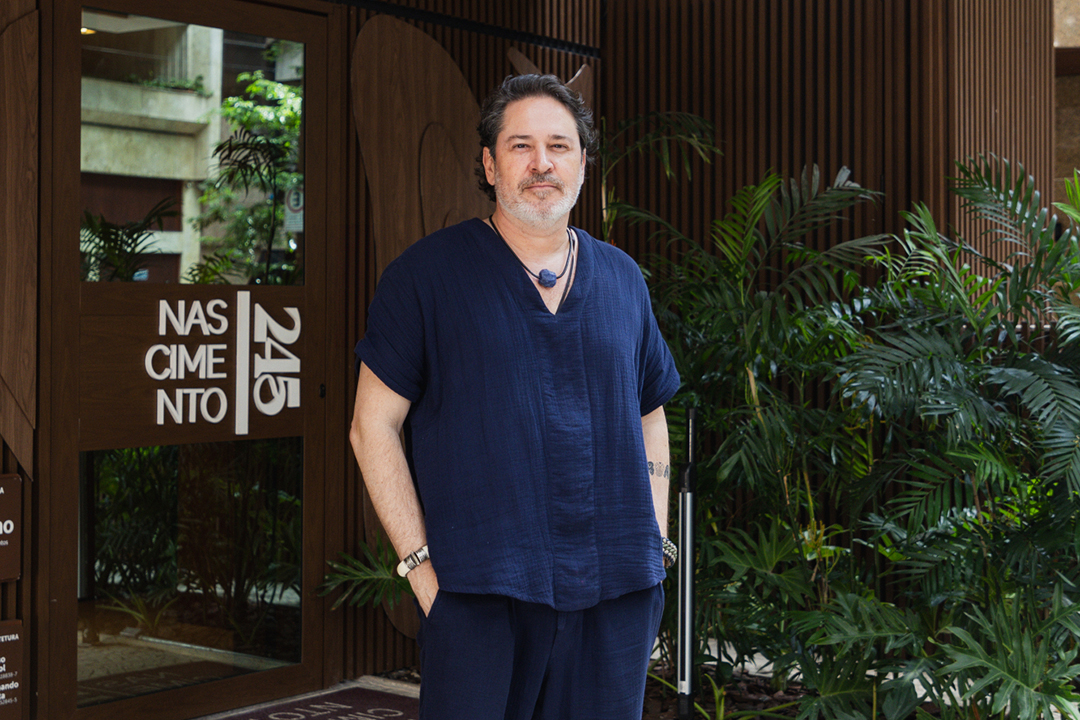
Or minimalism: from design to essentialism

Minimalism and essentialism have become popular as lifestyles based on self-knowledge, lightness, capsule wardrobe and low consumption, showing that the individual can focus their efforts only on what matters in their experience.
although very similar, the two movements are different and have individual characteristics..
Minimalism is a movement that influenced architecture and design, with great designers, works and elements that identify the style.
In times of pandemic, the dwelling was redefined, we started to look more inward, we realized more what was useful and missed what was really needed, actions that are part of the ideal of essentialism.
Emergence of minimalism
First of all let's talk about this style that is inspired by traditional Japanese architecture and movement The style, of the years 20, that uses straight lines, simple elements and shapes.

Movimento De Stijl
In Japan, minimalism was already part of the culture and began to stand out in the decade of 80, due to rapid urban population growth, technological advances and the frequent natural disasters that, in a matter of seconds, demolish any structure.
Besides that, regardless of location, this clean trend, light and without excesses is considered by many as a response to the complex and overloaded urban life and its consumer society.
What elements make up minimalism?
When talking about projects, it can be minimalist when marked by simple shapes and few elements. The main features are:
- Neutral and soft colors
- Lightness, simplicity and functionalism
- Clean structures and few geometric shapes in the same project.
- Innovation in the use of materials such as cement, glass, bricks and wood.
- Valorization of natural lighting.

Minimalist atmosphere
Understand what minimalism is not
It is important to clarify that, the term “minimalism” is not always used properly.
Adopt minimalism as a lifestyle, decoration or architecture does not mean getting rid of all the objects around you or just choosing simpler items to compose an environment.
The truth is that there is no rule for minimalism — the principle that governs this style is to own or be surrounded only by items that make you happy and play an essential role in an ideal lifestyle.
When we get into the question of essentialism, we can question each environment and bring to mind what really becomes essential in each person's individuality., where a world of possibilities, mistakes and successes can become a challenge, when there is no communication.
Essential houses in transformation
The pandemic has transformed our entire world. our way of consuming, produce and communicate. Whether residential or commercial. The new culture of living and working, transformed the way of applying certain concepts determined by the history of art, of architecture, do design, inclusive or minimalism.
The environment and life that was once minimalist, they may have gone through transformations and needs that led to the addition of new furniture, practices for a concept adapted to the essential. The conciliation of some activities, that before were not provided for in a room. The abandonment of a certain routine due to the limitations and rules now imposed, created new habits or just passing transformations?
Transformations will not always be enemies. There are so many that bring reflections, improvements and even improve the act of living and designing.
the encounter with balance
Despite the great wave of transformations being constant, you have to look at yourself and question the real reason for such changes.
When there is a revelation and understanding of the real reasons for applying or adopting such a style, easily the transition process will be subtle and not aggressive.
When talking about a pandemic, the momentary need can change projects and habits that, Certainly, will return to their normalcy when it's all over. Or not, like living close to work, keep home office, cook everyday with the kids, create a vegetable garden indoors, add more details and comfort to a previously unused room.
It is important to find a balance between what is momentary influence and what is habit transformation.
Humanized service and detailed briefing have never been so essential to determine passing needs and changing habits that have truly impacted people.
Essentialism may have been a great learning experience for many and will certainly continue to influence people., projects and environments.

Check out more at Connectarch the New behavior patterns that drive changes to the interior and the search for second homes.







